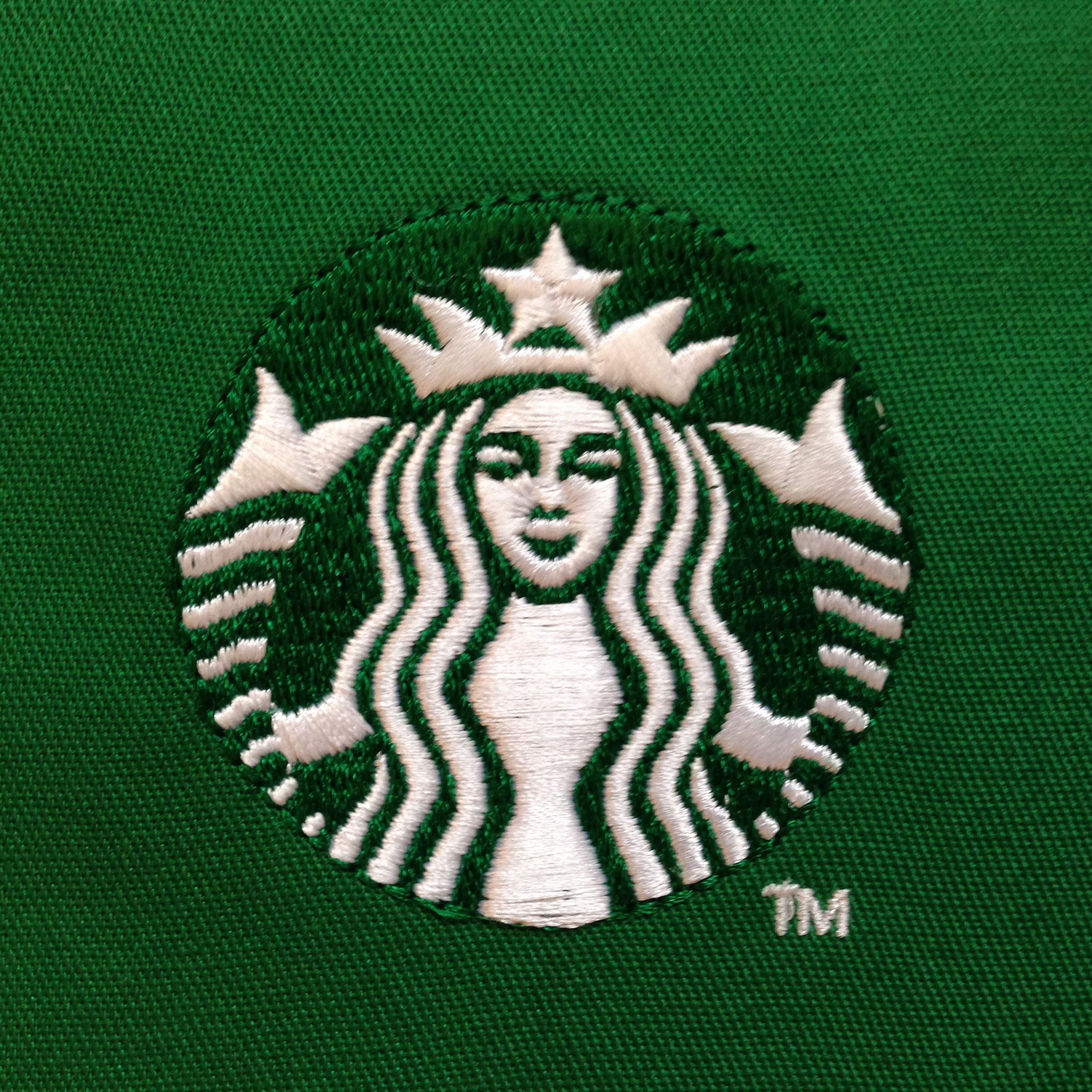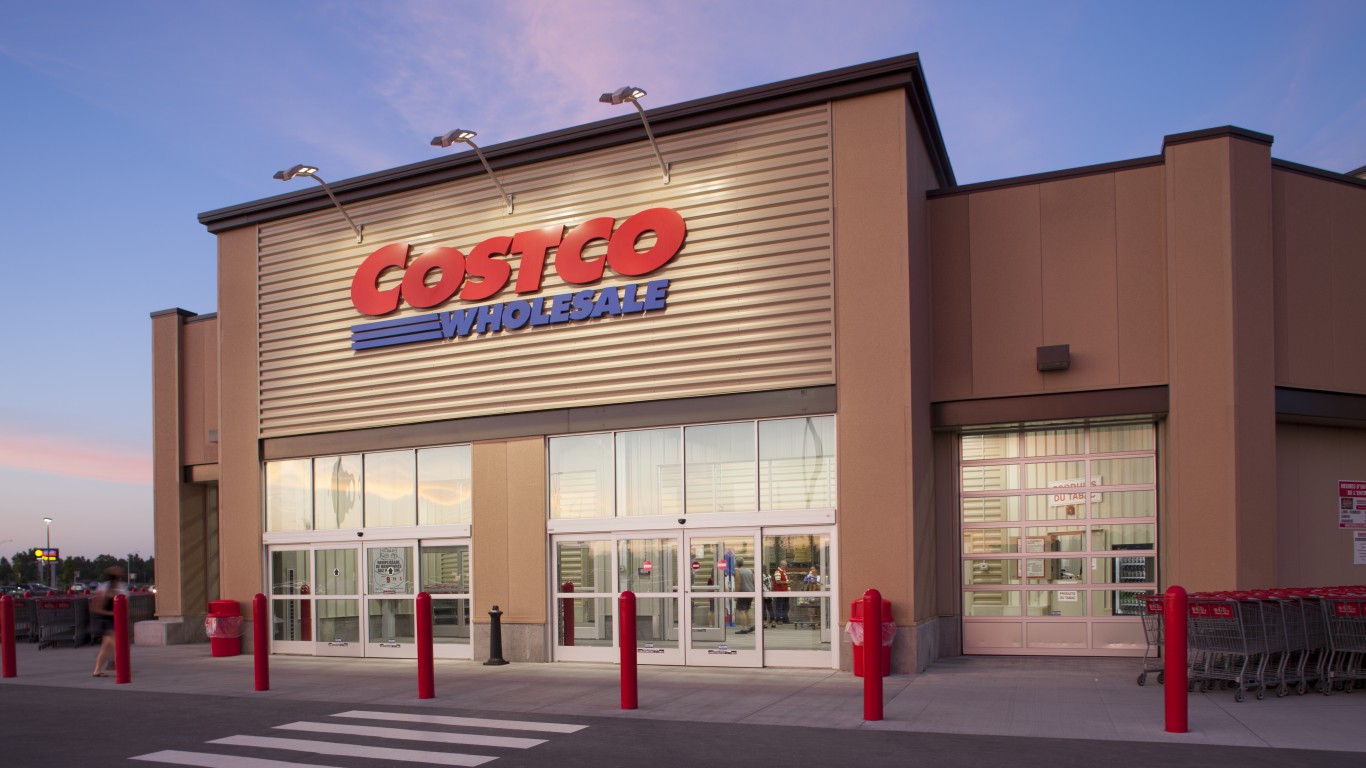
If it seems to you that a new specialty coffee store springs up every other day, you’re not far wrong. Over the past three years the total number of coffee purveyors has risen to about 3,000, an increase of 400 chains, among those with at least 10 stores.
That total does not include Starbucks Corp. (NASDAQ: SBUX), which has opened nearly twice that number in the same period to reach a total of some 14,000 U.S. stores. Starbucks’ store count has increased by an average of 6% a year since 2012, while the rest of the industry is growing at a rate of 8%.
Is Starbucks in trouble? Not according to a new study from Morgan Stanley cited by eMarketer. The Seattle-based company has 30 times the number of stores as its closest specialty coffee rival, Caribou Coffee, which had 405 stores at the end of 2016.
Including independent coffee stores and chains with fewer than 10 stores, which together account for another 15,000 outlets, the total U.S. coffee store count has slipped in the past two years. Zeroing in on the 900 independent and micro-chain roasters operating about 1,700 stores, Morgan Stanley’s study concluded that the number of brands has “dropped significantly” since 2013.
How does Starbucks do against its bigger rivals, McDonald’s Corp. (NYSE: MCD) and Dunkin’ Brands Inc. (NASDAQ: DNKN) though? Together these two brands outnumber Starbucks stores by about two to one. eMarketer noted:
[The Morgan Stanley study] also found that overlap was less severe than might be expected. Some 68% of Starbucks outlets are within a one-mile radius of a McDonald’s. With Dunkin’ the overlap is just 30%. In Starbucks’ top 25 markets, the coffee house chain actually outnumbers McDonald’s stores by nearly two to one, the study showed.
Starbucks actually benefits from the proliferation of coffee stores because category growth raises awareness of specialty coffee shops. The company is busy developing its high-end Reserve brand to take advantage of interest in that part of the market.
Starbucks’ share price is essentially flat over the past year, but the stock has doubled over the past five years and remains closer to its peak of around $65 than to its low of around $26. The stock slipped about 0.1% on Wednesday and traded up about the same amount in Thursday’s premarket at $53.96. The 52-week trading range is $50.84 to $64.87, and the consensus 12-month price target is $64.09. Among 27 analysts covering the stock, the low price target is $52 and the high is $75.
Take Charge of Your Retirement: Find the Right Financial Advisor For You in Minutes (Sponsor)
Retirement planning doesn’t have to feel overwhelming. The key is finding professional guidance—and we’ve made it easier than ever for you to connect with the right financial advisor for your unique needs.
Here’s how it works:
1️ Answer a Few Simple Questions
Tell us a bit about your goals and preferences—it only takes a few minutes!
2️ Get Your Top Advisor Matches
This tool matches you with qualified advisors who specialize in helping people like you achieve financial success.
3️ Choose Your Best Fit
Review their profiles, schedule an introductory meeting, and select the advisor who feels right for you.
Why wait? Start building the retirement you’ve always dreamed of. Click here to get started today!
Thank you for reading! Have some feedback for us?
Contact the 24/7 Wall St. editorial team.


